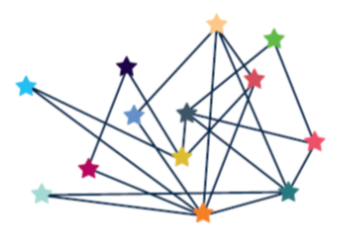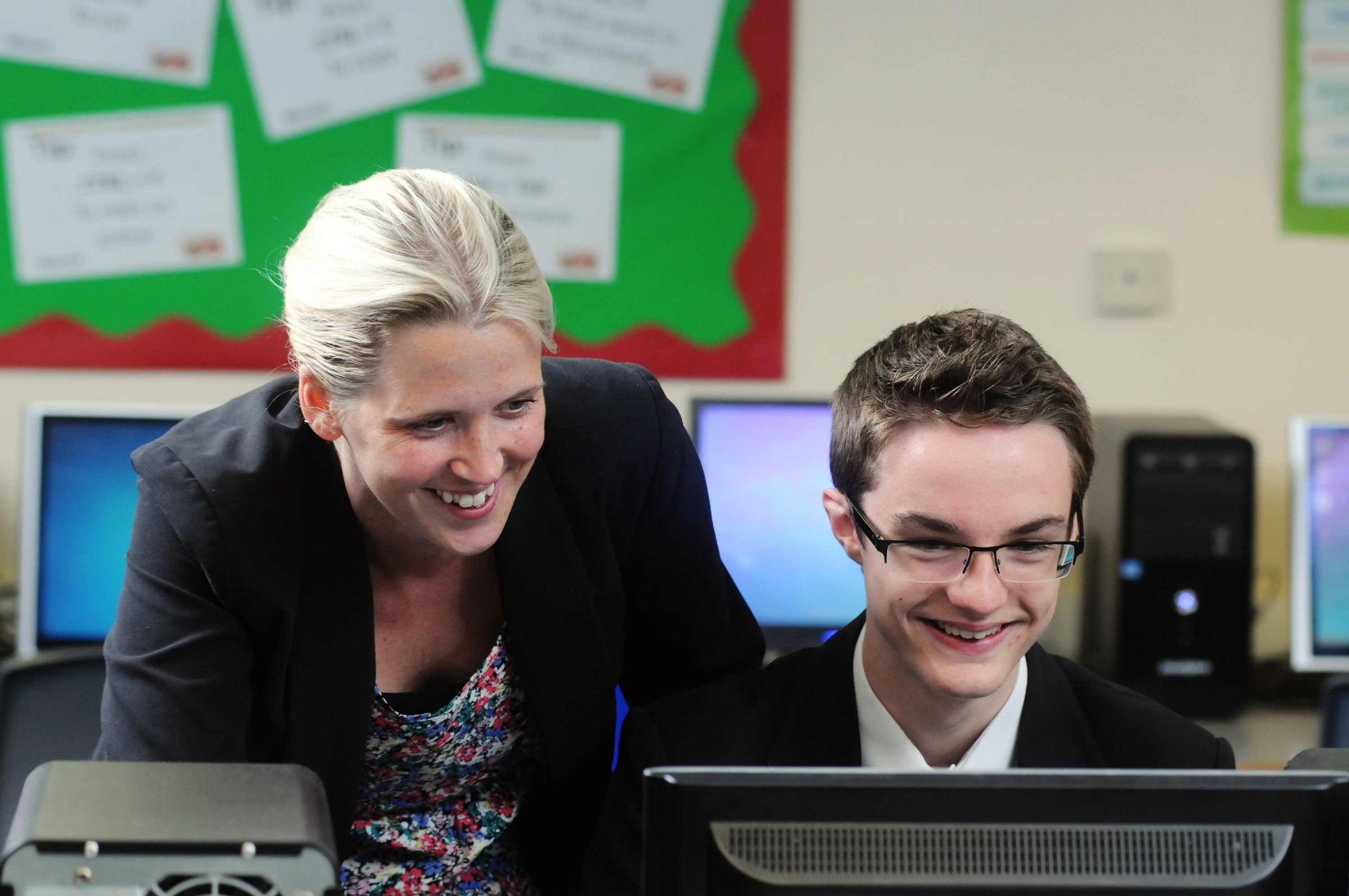“Tell me and I forget. Teach me and I remember. Involve me and I learn.”
— Benjamin FranklinThe aim of the Computing curriculum is to equip students with the necessary understanding and skills to succeed in the digital world while involving them every step of the way to be leaders in their own learning.
Computing at Thomas Alleyne's has undertaken phenomenal growth in the last year to keep up with students' enthusiasm and demands.
Students in year 9 now access Computing lessons for 2 hours a fortnight, which has led to the growth of the GCSE Computer Science and in turn enabled us to offer the Alevel in Computer Science.
This energy has also spread to our extracurricular activities with all of KS3-5 Computing students taking part in the Bebras Computational Thinking competition. A trip to Bletchley park for our GCSE students. The return of our First Tech Challenge team including members from years 9-13 and industry support from the Next Tech Girls foundation.
Computing at TAHS is a truly exciting place to be.
For more recent news please see our articles on TAHS roundup.
Department Members
Mrs J Hadfield: Head of Computing & Computer Science
Mr Bury: Teacher of Computing & Maths


